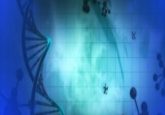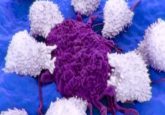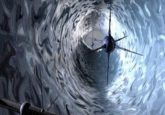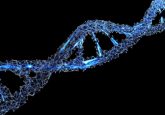New technique targeting naïve T cells could provide new opportunity for immunotherapy
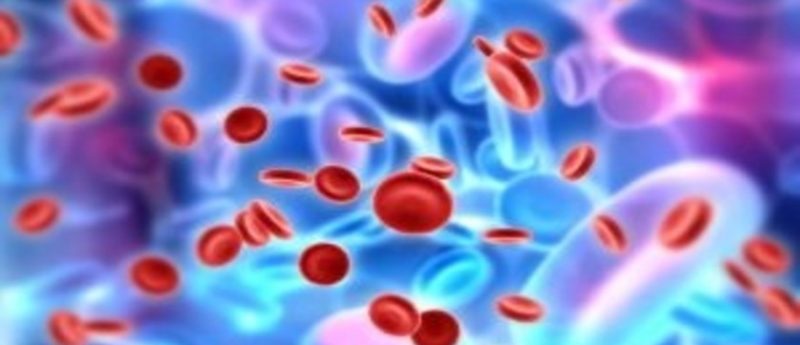
Research recently released by a team at Johns Hopkins University (MD, USA) and published in ACS Nano has revealed that a new technique that utilizes a magnetic column and specifically designed magnetic nanoparticles could provide a new opportunity to enable the widespread use of immunotherapy in a clinical setting.
“The challenge has been to train these [T] cells efficiently enough, and get them to divide fast enough, that we could use them as the basis of a therapy for cancer patients. We’ve taken a big step toward solving that problem,” commented Jonathan Schneck (Johns Hopkins University), lead author on the project.
The research group chose to work with artificial antigen-presenting cells (aAPCs), which were pioneered by the lab themselves and have already shown promise in activating animals’ immune systems against cancer. The cells are designed to interact with naive T cells present within the body in order to activate their response to a tumor, as well as to produce more T cells.
A previous mouse study by Schneck’s team indicated that the activation of naïve T cells occurred more readily when multiple aAPCs bound to different receptors on the cells and were then exposed to a magnetic field, forcing the aAPCs and receptors closer together.
Despite this, naïve T cells are incredibly rare within the blood so the researchers at Johns Hopkins evaluated the potential of magnets as a method to separate the naïve T cells from other T cells.
Within the investigation, the team mixed both blood plasma from mice and humans with magnetic aAPCs bearing antigens from tumors, and subsequently ran the samples through a magnetic column. Results indicated that tumor-targeting T cells that were bound to aAPCs stuck to the column and were consequently activated by the magnetic field, other cells ran straight through. Following the activation of the T cells they were removed from the magnetic column and placed into a culture to proliferate.
“The aAPCs and magnetic column together provide the foundation for simplifying and streamlining the process of generating tumor-specific T cells for use in immunotherapy,” commented Juan Carlos Varela from the Medical University of South Carolina (SC, USA).
T-cell numbers were shown to expand by 5000 to 10,000 times one week following the implementation of the technique. The team believe that these rates of proliferation are fast enough to be therapeutically useful and may therefore provide an opportunity to create personalized treatments for cancer patients.
The technique was also effective with a range of aAPCs bearing a variety of antigens, highlighting their potential to also combat mutations occurring within tumors.
In comparison to other emerging immunotherapy approaches, such as the use of tumor-infiltrating lymphocytes, the technique may represent a feasible treatment for a larger body of patients as naïve T cells are present in all individuals – only some individuals possess tumor-infiltrating lymphocytes. The team believe that clinical trials of the technique could begin within the next year and a half if further investigations of its efficacy are successful.
